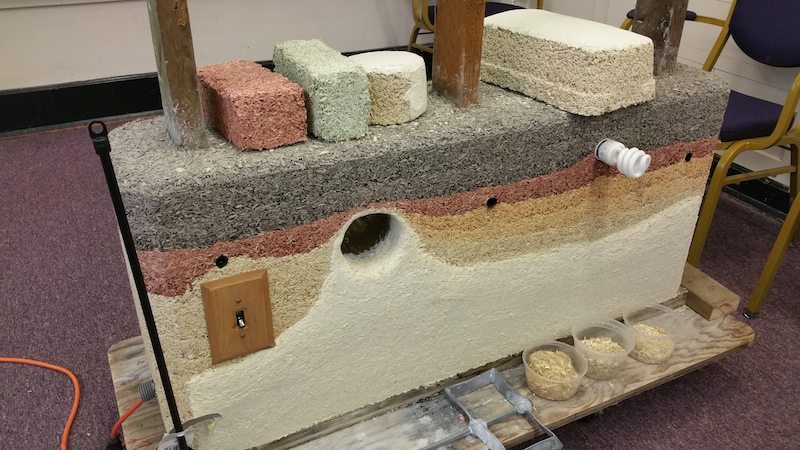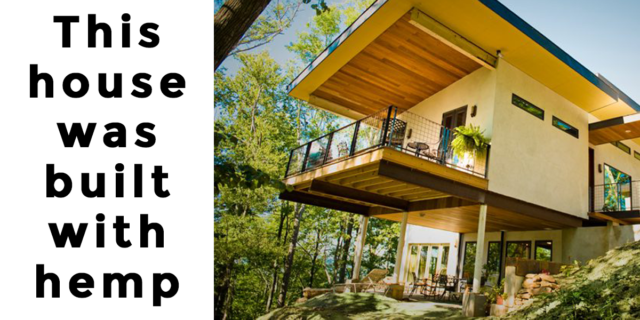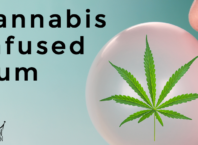Cannabis is a misunderstood plant in the truest sense of the word: people often don’t understand all that it is capable of.
When I talk to people about hemp, there are a shockingly large number of people who think that hemp needs to be illegal because kids will smoke it.
So let’s set the myth to rest here: hemp doesn’t contain the psychoactive compounds that cause you to get “high” when smoked.
Or, technically it can, but in small enough amounts that no amount of smoking it would get you high.
Hemp is cannabis that can be used for various purposes in industry, like to make textiles and plastics.
But did you know that hemp can also be used to make concrete? And did you know that hempcrete is actually carbon negative? Wait, how is that possible?
Hempcrete is the woody stem of the hemp plant mixed with a lime-binder.
Over time, the hempcrete absorbs carbon dioxide which causes it to solidify, thus giving it its impressive carbon-negative footprint. You can actually help slow down climate change by building with hempcrete!

But that’s not where the benefits of hempcrete end. It is incredibly strong, it is fire resistant, and it’s also an impressive insulator.
Walls made with hempcrete also reduce humidity in the structure, making them ideal in damp climates.
In some climates, using hempcrete reduces the need for air conditioning or heating units at all.
Hemp is a truly incredible plant. It’s not like the cannabis you see sold in dispensaries.
It is an incredibly high yield plant capable of growing upwards of 10 feet tall. It grows fast too, offering multiple yields in a single year.
Hemp can also grow in less than ideal soil without pesticides and with minimal water. It really is a wonder plant!
Aside from hempcrete, you can use hemp to make oil (though it can’t be cooked with), wax, rope, cloth, paper, pulp, and fuel.
What can’t hemp do? It make be the most useful plant known to mankind.







